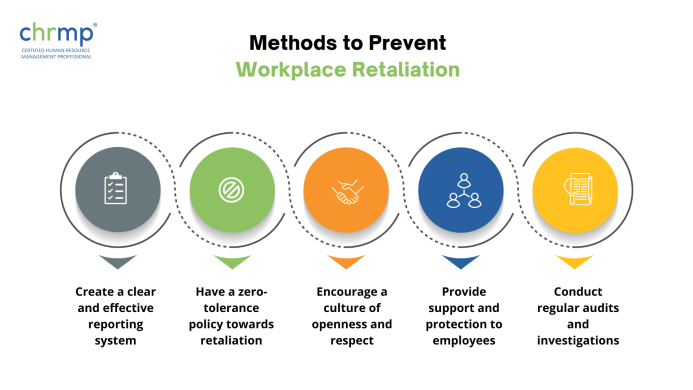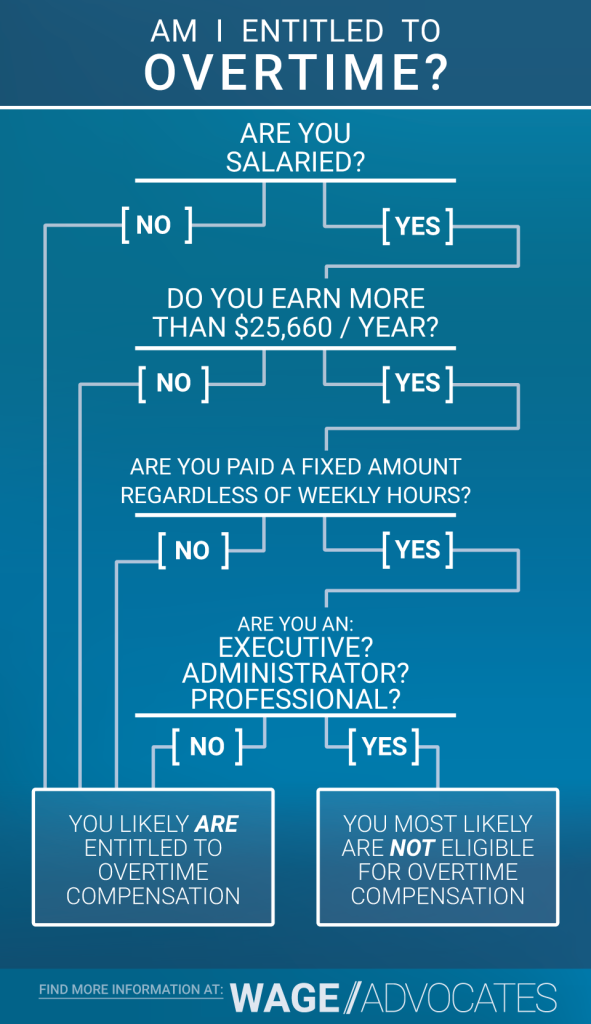
Building a Strong Talent Pipeline: Your Blueprint for Future-Proofing Your Workforce
In today’s fast-paced business world, finding and keeping good people is one of the biggest challenges companies face. Whether you’re a small startup or a large corporation, the struggle to fill key roles with the right talent can significantly impact your growth, innovation, and even your daily operations.
Imagine your business as a high-performance car. You wouldn’t wait until you’re completely out of gas to think about refueling, right? Similarly, you shouldn’t wait until you have an urgent job opening to start looking for talent. That’s where a strong talent pipeline comes in.
This comprehensive guide will demystify the concept of a talent pipeline, explain why it’s a non-negotiable for modern businesses, and provide you with actionable, easy-to-understand steps to build one that truly works for you.
What Exactly is a Talent Pipeline? (Simplified!)
Think of a talent pipeline like a continuous flow of potential candidates who are interested in your company and have the skills you might need, both now and in the future. It’s not just a list of people who applied for a specific job; it’s a proactive system for identifying, attracting, nurturing, and engaging with individuals who could become valuable assets to your team down the line.
Here’s a simple analogy:
- Traditional Hiring: You need a plumber right now because your pipe burst. You frantically call every plumber in the phone book until you find one available.
- Talent Pipeline: You regularly connect with skilled plumbers, understand their specialties, perhaps even have a list of recommended ones from colleagues. When a pipe bursts, you already know who to call, or you might even have a standing relationship with a trusted professional who checks your pipes preventatively.
A talent pipeline ensures you’re always "refueling" your talent tank, so you’re never running on empty when a crucial role opens up.
Why is a Strong Talent Pipeline Absolutely Essential?
Building a robust talent pipeline isn’t just a "nice-to-have" – it’s a strategic imperative for any forward-thinking organization. Here’s why:
- Reduces Time-to-Hire: When a critical role opens, you don’t have to start from scratch. You already have a pool of pre-vetted, interested candidates, significantly cutting down the time it takes to fill positions.
- Improves Quality of Hire: Instead of panic-hiring the first available person, a pipeline allows you to be selective. You can choose from a pool of highly qualified individuals who are a great fit for your company culture and specific needs.
- Saves Money: Faster hiring means less downtime for critical roles, fewer recruitment agency fees, and less lost productivity. High-quality hires also tend to stay longer, reducing the costs associated with turnover.
- Boosts Employer Brand: Consistently engaging with potential candidates, even when there isn’t an immediate opening, shows that your company is forward-thinking, values talent, and is a desirable place to work.
- Ensures Business Continuity & Succession Planning: What happens if a key leader suddenly leaves? A talent pipeline helps you identify and prepare internal or external candidates for future leadership roles, ensuring smooth transitions.
- Addresses Skill Gaps: The world of work is constantly changing. A pipeline helps you anticipate future skill needs and proactively identify individuals who possess those skills or can be developed to acquire them.
- Supports Growth & Innovation: As your company expands, you’ll need new talent. A strong pipeline provides the human capital necessary to seize new opportunities and drive innovation.
- Enhances Diversity & Inclusion: By proactively sourcing talent from various backgrounds and communities, you can build a more diverse pipeline, leading to a more inclusive workforce and better business outcomes.
Key Components of a Robust Talent Pipeline
Building a strong pipeline isn’t a single action; it’s a continuous process involving several interconnected elements. Let’s break down the core components:
1. Future Needs Assessment & Workforce Planning
Before you can build a pipeline, you need to know what kind of talent you’ll need.
- What it means: Looking ahead to understand your company’s strategic goals, potential growth, and what roles and skills will be required in 1, 3, or even 5 years.
- How it works:
- Skill Gap Analysis: Identify where your current team might lack skills for future projects or market demands.
- Succession Planning: Identify critical roles and potential internal or external candidates who could step into them.
- Growth Projections: If you plan to expand into new markets or launch new products, what new types of roles will that create?
2. Strong Employer Branding
This is your company’s reputation as a place to work. It’s what makes people want to be part of your pipeline.
- What it means: Consistently showcasing your company culture, values, mission, and what makes it a great place to build a career.
- How it works:
- Engaging Career Page: A well-designed, informative, and inspiring section on your website dedicated to careers.
- Social Media Presence: Share employee stories, company achievements, and insights into daily life at your organization on platforms like LinkedIn, Instagram, and even TikTok.
- Employee Testimonials: Let your current employees be your best advocates.
- Awards & Recognition: Highlight any "best place to work" awards or industry recognition.
3. Proactive Sourcing & Engagement
This is where you actively go out and find potential talent, even when you don’t have an open role.
- What it means: Instead of just posting job ads, you’re building relationships with talented individuals over time.
- How it works:
- Networking Events & Conferences: Attend industry events to meet professionals.
- Online Platforms: Use LinkedIn Recruiter, specialized job boards, and professional communities.
- Referral Programs: Encourage your current employees to refer great people they know.
- Academic Partnerships: Connect with universities and colleges for internships, career fairs, and graduate programs.
- "Silver Medalist" Candidates: Keep in touch with strong candidates who weren’t selected for a previous role but were impressive.
4. Talent Pool Management & Nurturing
Once you’ve identified potential candidates, you need a system to keep track of them and keep them engaged.
- What it means: Creating a database or system to store candidate information, their skills, interests, and communication history. Regularly communicating with these individuals to keep your company top-of-mind.
- How it works:
- Candidate Relationship Management (CRM) Software: Tools designed specifically for this purpose, allowing you to segment candidates and automate communications.
- Personalized Communications: Send relevant content (e.g., company news, blog posts, industry insights, job alerts tailored to their skills).
- Informal Check-ins: Periodically reach out to see how they’re doing and if their career interests have changed.
- Webinars & Virtual Events: Invite talent pool members to exclusive events that showcase your company or industry expertise.
5. Internal Talent Development & Mobility
Your best future talent might already be working for you!
- What it means: Investing in your current employees’ growth, providing opportunities for them to learn new skills, and creating pathways for them to move into different roles within the company.
- How it works:
- Upskilling & Reskilling Programs: Training programs to teach new skills (upskilling) or completely new sets of skills for different roles (reskilling).
- Mentorship & Coaching: Pair employees with experienced leaders for guidance and development.
- Internal Job Postings: Make it easy for current employees to apply for new roles internally before looking externally.
- Lateral Moves & Rotational Programs: Allow employees to gain experience in different departments or functions.
6. Seamless Candidate Experience
Even if you’re not hiring now, every interaction with a potential candidate contributes to your pipeline.
- What it means: Ensuring every touchpoint a candidate has with your company – from applying to interviewing to receiving a rejection – is positive, professional, and respectful.
- How it works:
- Clear Communication: Keep candidates informed about their application status.
- Respectful Interactions: Treat every candidate with courtesy, even if they’re not a fit.
- Timely Feedback: Provide constructive feedback when possible.
- Streamlined Processes: Make applications and interviews as efficient and straightforward as possible.
7. Data & Analytics
You can’t improve what you don’t measure.
- What it means: Using data to track the effectiveness of your pipeline efforts and identify areas for improvement.
- How it works:
- Tracking Sources: Where are your best candidates coming from?
- Time-to-Hire: How quickly are you filling roles from your pipeline?
- Quality of Hire: How do pipeline hires perform compared to others?
- Engagement Metrics: Are your nurturing efforts effective (e.g., email open rates, event attendance)?
Practical Steps to Build Your Talent Pipeline (Your Action Plan!)
Ready to start building? Here’s a step-by-step guide for beginners:
Step 1: Understand Your Future Talent Needs
- Action: Meet with department heads and senior leadership. Ask:
- "Where do you see this department in 1-3 years?"
- "What new projects or technologies are coming?"
- "What skills will be critical that we don’t have enough of now?"
- "Are there any key roles where a sudden departure would cause major problems?"
- Output: A list of critical roles and future skill sets you’ll need.
Step 2: Strengthen Your Employer Brand
- Action:
- Audit your online presence: Look at your career page, LinkedIn company page, and Glassdoor reviews. What impression do they give?
- Gather employee stories: Ask employees to share what they love about working at your company. Use these stories (with permission!) on social media and your career page.
- Define your "Employee Value Proposition" (EVP): What unique benefits do you offer employees? (e.g., great culture, growth opportunities, flexible work, impactful work).
- Output: A clear, compelling message about why people should work for you.
Step 3: Proactively Source & Network
- Action:
- Identify target groups: Based on Step 1, where do these skilled people "hang out" online and offline? (e.g., specific LinkedIn groups, professional associations, universities).
- Attend industry events: Go with the mindset of building relationships, not just finding a job candidate.
- Engage on social media: Share valuable content, comment on industry discussions, and subtly highlight your company’s culture.
- Set up a referral program: Offer incentives to current employees for successful hires from their networks.
- Output: Initial connections with potential candidates who align with your future needs.
Step 4: Build a Talent Pool & Nurture Relationships
- Action:
- Choose a system: Start simple with a spreadsheet, or invest in a basic CRM/Applicant Tracking System (ATS) if your budget allows.
- Add "warm" leads: Include past applicants (especially "silver medalists"), people you’ve networked with, and referrals.
- Plan communication: Decide how often you’ll reach out (e.g., quarterly email newsletter, occasional personalized message).
- Offer value: Share company news, industry insights, or invitations to relevant webinars, not just job ads.
- Output: An organized database of potential talent with ongoing engagement.
Step 5: Invest in Internal Growth
- Action:
- Identify high-potential employees: Work with managers to identify employees ready for more responsibility or new skills.
- Create development plans: Work with employees to set goals for skill development and career progression.
- Offer learning opportunities: Provide access to online courses, workshops, or mentorship programs.
- Promote internal mobility: Make it easy for employees to explore and apply for internal roles.
- Output: A more skilled, engaged, and loyal internal workforce ready for future roles.
Step 6: Streamline Your Hiring Process (When it’s Time to Hire)
- Action:
- Define clear job descriptions: Make sure they accurately reflect the role and skills needed.
- Optimize application process: Make it easy and quick for candidates to apply.
- Train interviewers: Ensure they ask consistent, relevant questions and represent your company well.
- Automate where possible: Use technology to schedule interviews, send confirmations, and manage applications.
- Output: A positive, efficient hiring experience that reinforces your employer brand.
Step 7: Prioritize Candidate Experience
- Action:
- Communicate clearly and often: Let candidates know where they stand in the process.
- Provide timely feedback: Even a simple "thank you for your interest" goes a long way.
- Be respectful of their time: Don’t drag out processes or make them jump through unnecessary hoops.
- Collect feedback: Ask candidates (both hired and not hired) for their experience.
- Output: A positive reputation as an employer, regardless of the hiring outcome.
Step 8: Measure and Adapt
- Action:
- Track key metrics: Regularly review time-to-hire, quality of hire, source of hire, and candidate feedback.
- Analyze what works (and what doesn’t): Are certain sourcing channels more effective? Is your nurturing content engaging?
- Adjust your strategy: Based on data, refine your approach. If a certain type of event isn’t yielding good leads, try another.
- Output: A continuously improving talent pipeline strategy.
Common Mistakes to Avoid When Building Your Talent Pipeline
Even with the best intentions, it’s easy to stumble. Watch out for these common pitfalls:
- Only Reacting, Never Proacting: Waiting until you have an urgent opening before starting your search. This is the opposite of a pipeline!
- Ignoring Internal Talent: Overlooking the potential of your current employees. They are often your most cost-effective and best cultural fit.
- Poor Candidate Experience: Treating candidates poorly, even those you don’t hire. They will remember, and it will hurt your employer brand.
- Lack of Nurturing: Collecting contact information but never engaging with your talent pool. It becomes a stagnant list, not a pipeline.
- Not Defining Future Needs: Building a pipeline without a clear idea of what skills or roles you’ll need, leading to a mismatched talent pool.
- Forgetting Diversity & Inclusion: Limiting your sourcing efforts to traditional channels can lead to a homogenous talent pool. Actively seek out diverse talent.
- Failing to Measure: Not tracking your efforts means you won’t know what’s working or where to improve.
Conclusion: Invest in Your Future Talent Today
Building a strong talent pipeline isn’t a quick fix; it’s an ongoing commitment and a strategic investment in your company’s future. It requires foresight, consistent effort, and a genuine commitment to building relationships with talented individuals.
By proactively identifying your future needs, strengthening your employer brand, nurturing relationships, and investing in both internal and external talent, you will create a resilient, adaptable workforce ready to meet any challenge. In a world where talent is the ultimate competitive advantage, a robust talent pipeline ensures your business is always fueled for success, no matter what the road ahead holds.




Post Comment